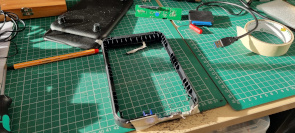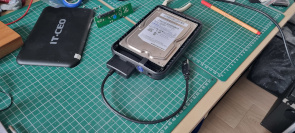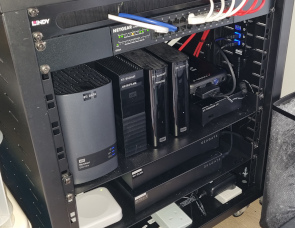Introduction
10/02/2024
I considered replacing the 3T Seagate Personal Cloud NAS that did not survive storage but then I had a few more thoughts about what to do with it. I am convinced hard drive is okay so I could simply re-use the drive in my PC or I could remove the NAS electronics and replace it with a Raspberry Pi and rebuild it as a NAS.
After some consideration I thought it would be a waste to put it in my PC and that the Raspberry Pi option probably wasn't going to work out as easily as it sounds - I would need to fit a dual power supply, a USB to SATA interface and a Raspberry Pi into the limited space left by the NAS electronics.
So my decision is to convert the drive to USB3 then I can plug it into one of the other Seagate NAS and share the drive from there. I could do this by buying either a USB3 caddy or a USB to SATA converter.
I set about striping down the NAS down to it's three basic parts, the circuit board, the drive and the case.
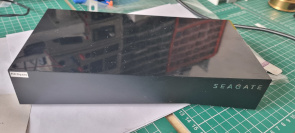
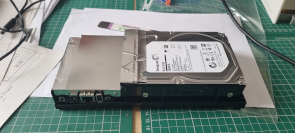
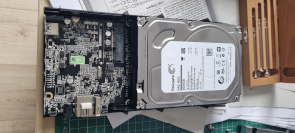
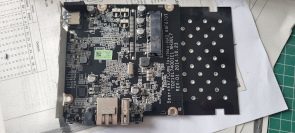
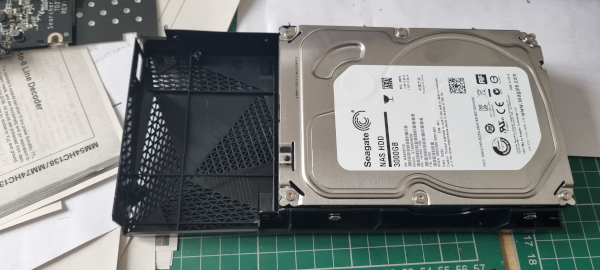
With the circuit board out there is plenty room the converter I chose:
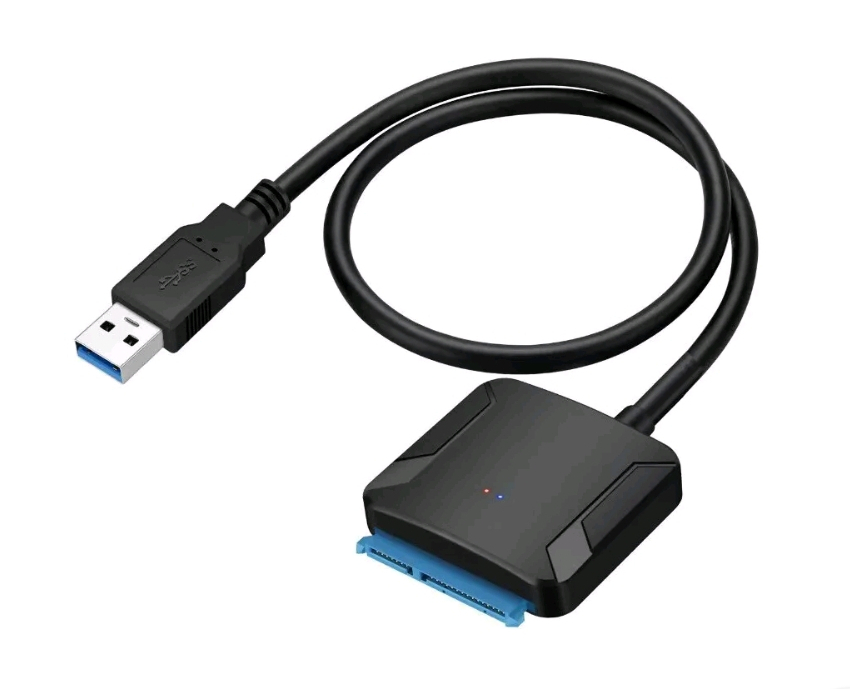
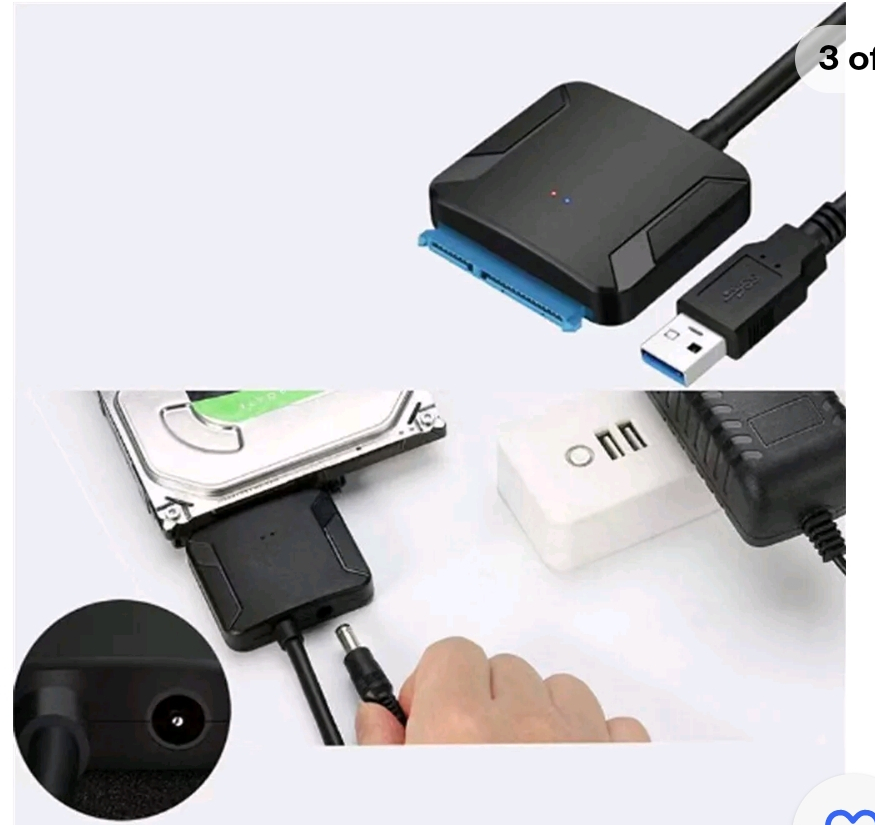
and I can re-use the NAS power supply.
I installed the USB to SATA adaptor in the case beside the drive which turns out to be just the right size.
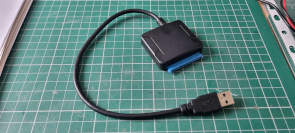
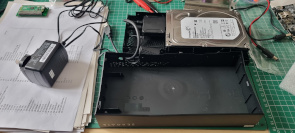
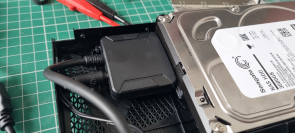
plugging it into a PC and running the administrative Tools I started to remove the existing partitions and reformating the drive to NTFS.
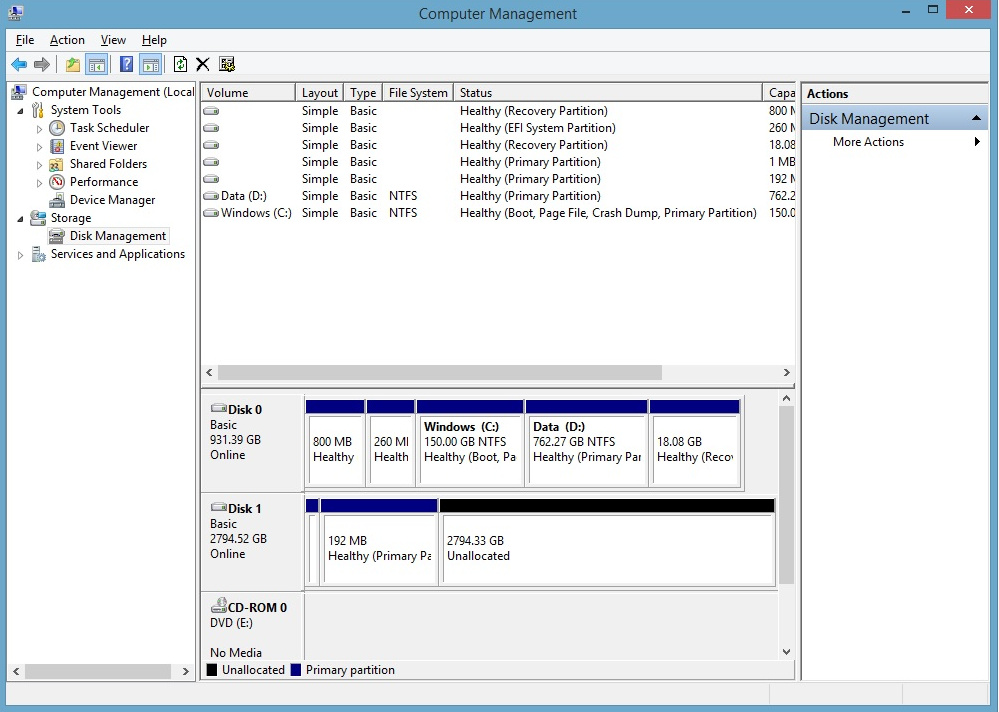
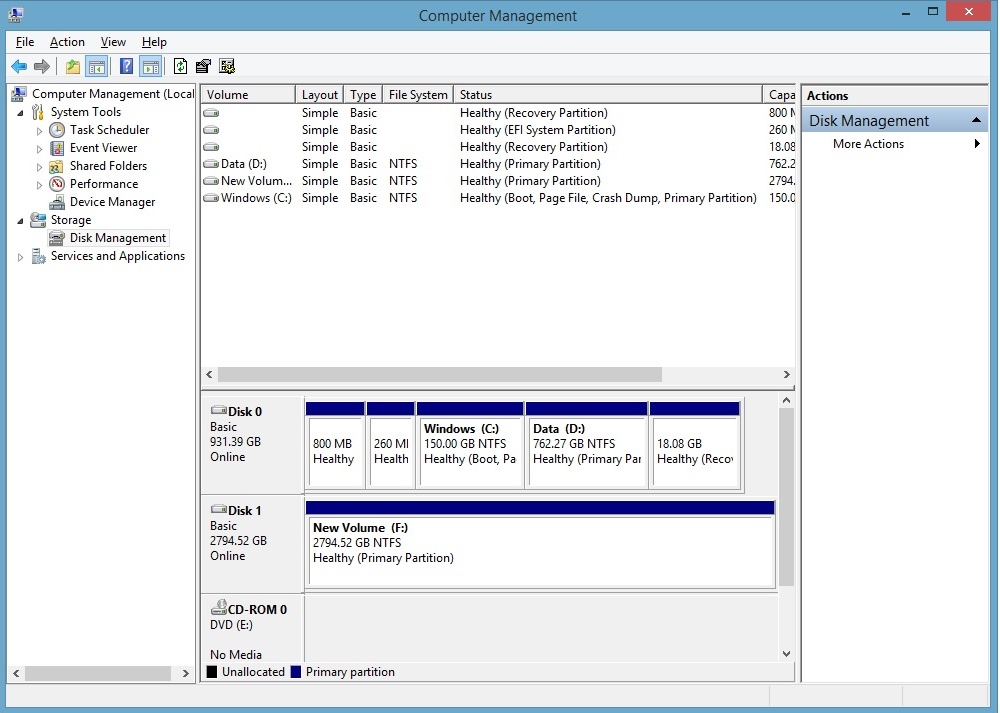
Everything was going well, the drive seemed to be working ok but as soon as I tried to copy a file to it it just hung there doing nothing..so the drive is faulty after all. Just to prove thet I looked out an old 160GB SATA drive and it worked very well with transfer speeds of 65-70MB/s.
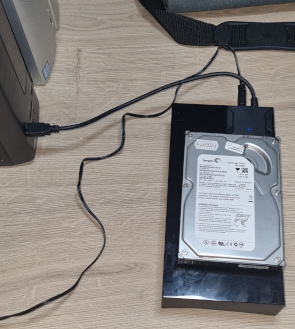
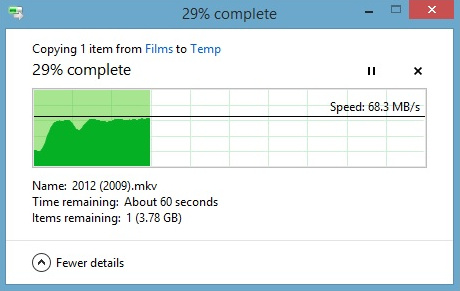
OK, so the 3T drive is faulty, that means that the NAS circuit board is probably working. Looking into rebuilding the Seagate OS on a new drive seems not to be an option. Single bay Seagate Personal Cloud NAS drives are not supported for HDD replacement, more research is required.
In the mean time I have a lot of useless parts until I remembered I had a box with old USB 2 drives, maybe I could cannibalise one of them if they were new enough to have SATA interfaces and of course still worked.
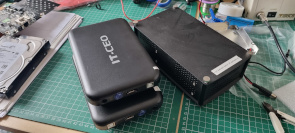
Opening my newest retired drives (c2010) revealed two 2T SATA drives - perfect, I could use one in the Seagate case.
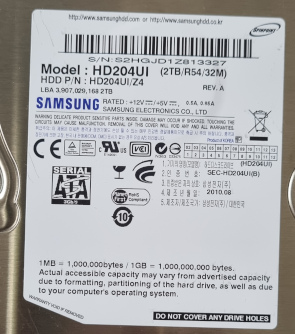
Once assembled, as above, the drive transfer (write) speed tested at around 100MB/s. Limitations coming into effect now may be the network and source HDD speeds.
Next up is to connect it to my working Seagate NAS drive. I could simply plug it into the NAS USB socket but I'm now thinking of using the other old 2T drive so I'm going to use a powered USB3 hub making it possible to connect up to four drives.
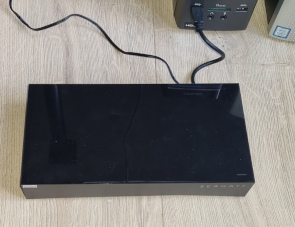
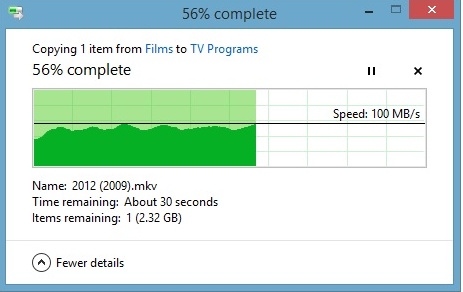
Looking at the labels on the drives they require 0.85A @ 5V which is more than most 10 year old USB ports could supply so I have selected a powered hub rated 3A @ 5V which will be good enough for up to three 3.5" drives.
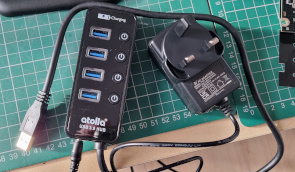
The drive and hub installed at the right hand side of the upper shelf, I'll find a better location for the USB Hub.
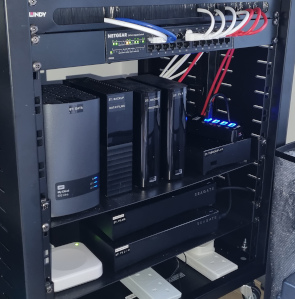
Moving on to the second 2T drive, I thought one of the USB2 caddies would be suitable for conversion to USB3. I removed the circuit board and cut out a hole just the right size for the USB3 to SATA adaptor to slide in. I sat the drive on top of the other one then mounted the USB hub on the side of the cabinet. Now I have to work out my backup strategy.
